How much do you know about matching plastic colors
Definition of plastic color matching
Color matching is based on the three primary colors of red, yellow and blue (three primary colors), and is a favorite color that meets color card color difference requirements, meets the customer's desired color , is economical, and does not change color during processing and use. In addition, plastic coloring can also give plastics a variety of functions, such as improving light resistance and weather resistance of plastics; confer certain functions on plastics, such as electrical conductivity, antistatic properties, antibacterial properties and other special materials; agricultural mulch films of various colors have weed control or insect resistance. , Erecting seedlings, etc. Even by matching and coloring colors, it can also meet certain application requirements.
Tips:
When buying pigments, you need to know the index of the dyes of dyes (CI). CI is an international collection of colors and pigments published by the British Dyers Association and the American Society of Textile Chemists and Colors. 
Each pigment is based on its application and chemistry. The structure category has two numbers to avoid misunderstanding of pigments with the same molecular structure and different names when purchasing, and is also conducive to color control when applied and the use of the correct pigment to facilitate the search process about the cause when problems arise.
Coloring and dyeing process
Color matching and coloring can use the method of adding toner directly to the resin, the method of extruding toner mixed resin, and the method of masterbatch.
Tint is added directly to the resin method: After the toner is blended directly with the plastic resin, it is sent to the next product molding process. The process is short and the cost is low, but the working environment is poor, the coloring power is poor, the coloring uniformity and quality stability are poor. Hue Mixed Resin Extrusion Method: This method has the best effect on resin and color uniformity. It can fully disperse the pigment in the resin, the color is accurate, the quality is clean, and it is easy to process.
Color control and instruments
The color matching control hardware includes a color meter and a computer that processes the measured data. The colorimeter can be divided into two types: spectrophotometer and color difference meter Instead of measuring the color of the human eye, it eliminates the influence of human factors on the measurement result.
The spectrophotometer is used to measure the reflection coefficient of each wavelength on the fully dispersed reflection surface. The value of chromaticity or color difference cannot be directly determined, but the chromaticity and other variable values can be evaluated by processing the data. Spectrophotometers can be divided into two types: gravity grating spectrometry and interference filter spectrometry. Advanced spectrophotometer with built-in microprocessor, with 0%, 100% automatic magnification and magnification functions, which improves accuracy
The colorimeter is a simple test instrument, that is, to make a filter with spectroscopic features equal to the color sensitivity of a human eye, and use it to measure the sample. The key is to design a filter with the photoreceptor's spectroscopic sensitivity features. The filter for measuring the value of color difference under a given light source, the color difference meter is small in size and easy to operate, and is better suited to batch control of the same product with changes small in spectral features. The color difference meter with a small microcomputer is easy to use standard samples. Correct and output multiple color difference values.
The color matching control software includes spectral inversion rate curve, color difference formula, condition and other color representation, power representation masking and haze representation. The spectral reflection curve is used for analysis when selecting a colorant, and cannot be used to judge color consistency. The value of color difference is one of the most important indicators of color control, but the color difference obtained by different color difference formulas is different, so the colorimetric system or color difference formula used must be specified.
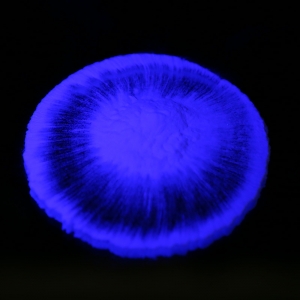
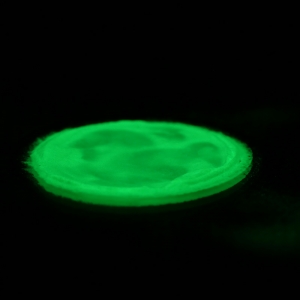
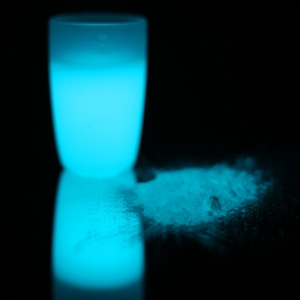
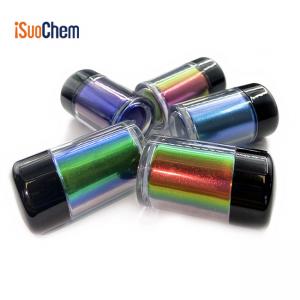
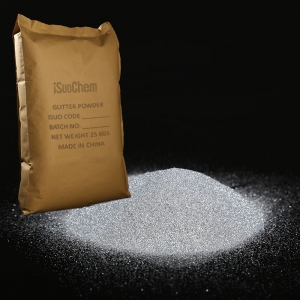
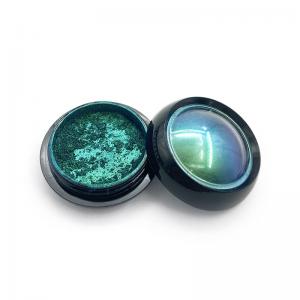






 +86 13965049124
+86 13965049124
 English
English  français
français русский
русский italiano
italiano español
español português
português العربية
العربية 한국의
한국의 ไทย
ไทย Tiếng Việt
Tiếng Việt





